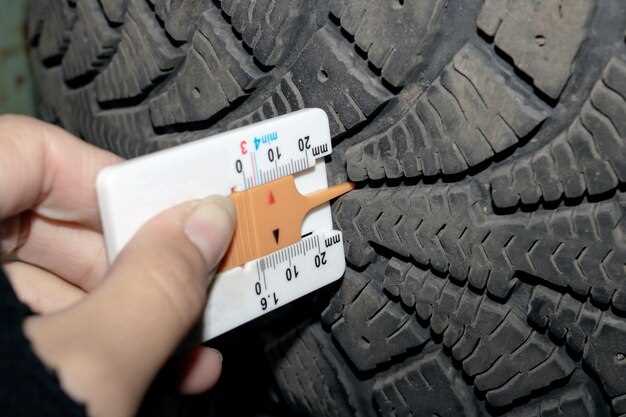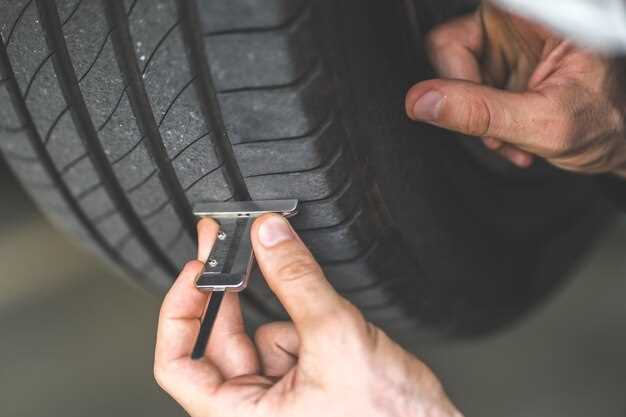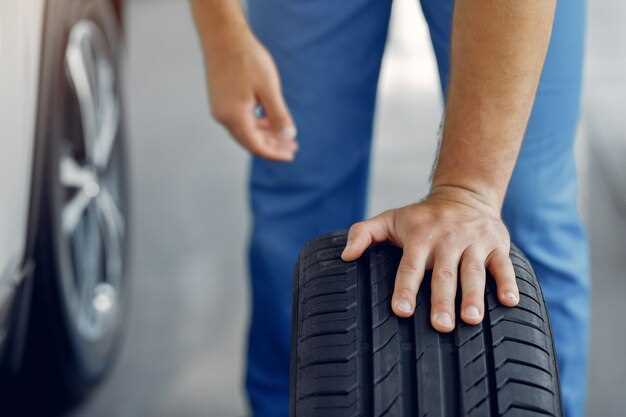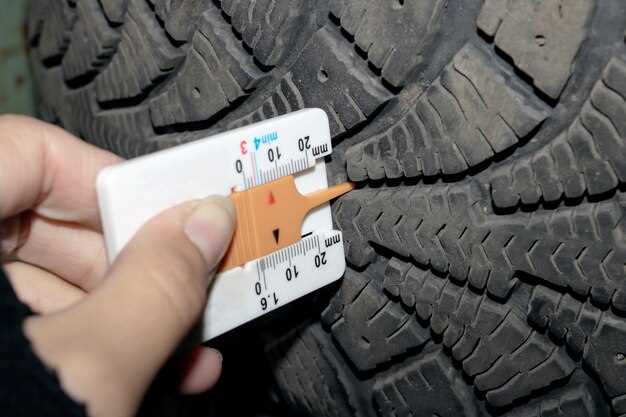
Uneven tire wear can significantly impact vehicle performance, safety, and fuel efficiency. Understanding the causes behind this common issue is crucial for every vehicle owner. When tire wear is uneven, it often leads to the premature need for replacements, forcing drivers to spend more money and reducing overall driving comfort.
Several factors contribute to uneven tire wear, including improper alignment, unbalanced tires, and incorrect tire pressure. Each of these elements plays a critical role in how tires make contact with the road and can drastically influence their lifespan. Additionally, driving habits and road conditions also contribute significantly to tire wear patterns.
By identifying the causes of uneven tire wear and implementing effective prevention tips, drivers can extend the life of their tires and enhance the overall safety of their vehicles. Regular maintenance and careful attention to driving conditions are essential steps in ensuring that tires wear evenly, promoting better performance and a smoother ride.
Improper Alignment and Its Impact on Tire Longevity

Improper alignment is a significant factor that contributes to uneven tire wear, ultimately affecting the lifespan of your tires. When a vehicle’s wheels are misaligned, it causes tires to make inconsistent contact with the road surface. This abnormal contact leads to specific areas becoming more worn than others, resulting in uneven tread wear.
The primary causes of improper alignment include hitting potholes, curbs, or other obstacles, as well as regular wear and tear on suspension components. When the angles of the wheels deviate from the manufacturer’s specifications, it creates excessive friction and resistance, which accelerates the deterioration of the tire tread.
Additionally, improper alignment can lead to a decline in vehicle handling and safety. Drivers may experience difficulties in steering and an increase in braking distance, making it crucial to address alignment issues promptly. Regular inspections and corrective adjustments can help maintain proper alignment and extend tire longevity.
To prevent uneven tire wear caused by misalignment, it is advisable to have the alignment checked periodically, especially after any significant impact or after reaching a certain mileage. Keeping your tires properly inflated also contributes to even wear, as correct inflation helps maintain the intended tire shape and contact with the road.
Influence of Tire Pressure on Wear Patterns

Tire pressure plays a critical role in determining the wear patterns of tires. When the pressure is either too low or too high, it can lead to uneven tire wear, significantly shortening the lifespan of the tires. Low tire pressure causes increased contact area with the road, generating excess heat and ultimately contributing to premature wear on the outer edges of the tread. In contrast, overinflated tires reduce the contact area, resulting in excessive wear in the central part of the tread. These wear patterns can compromise grip, handling, and overall vehicle safety.
Maintaining proper tire pressure is essential for ensuring even wear patterns. Regularly checking tire pressure, ideally once a month or before long trips, can help detect any discrepancies early on. It is important to adhere to the manufacturer’s recommended pressure levels, as these are designed to optimize tire performance and longevity. Additionally, seasonal changes and variations in temperature can affect tire pressure, which further emphasizes the need for consistent monitoring.
Proper inflation not only helps in achieving uniform wear but also enhances fuel efficiency and overall driving experience. Drivers should also be aware that uneven tire wear can be a sign of additional mechanical issues, such as misalignment or suspension problems. Therefore, addressing tire pressure immediately can prevent more significant issues down the line and contribute to a smoother, safer ride.
Driving Habits That Contribute to Uneven Tire Wear
Certain driving habits can significantly impact the lifespan of your tires and lead to uneven wear. Aggressive driving behaviors, such as rapid acceleration and hard braking, place excessive stress on tires, causing them to wear unevenly over time. This is primarily due to the sudden changes in speed and direction, which can lead to increased friction and heat build-up on specific tire areas.
Another cause of uneven tire wear stems from frequent sharp turns or cornering at high speeds. This driving style can create additional strain on the outer edges of the tires, leading to premature wear in these zones. Additionally, regular driving on poorly maintained roads can exacerbate wear patterns as tires encounter more bumps and potholes, impacting their integrity and alignment.
Under-inflation or over-inflation of tires is a critical factor that also contributes to uneven wear. When tires are not inflated to the recommended pressure, it can cause the tread to wear unevenly, with the central part of the tire wearing faster than the edges in the case of over-inflation, and the opposite occurring when under-inflated.
Moreover, failing to perform regular maintenance checks, including tire rotations and alignments, can lead to uneven wear as well. When tires are not rotated regularly, some tires may wear faster than others, resulting in an imbalance and a shortened lifespan for the set. Maintaining good driving habits, being aware of tire pressure, and ensuring timely maintenance can significantly reduce uneven tire wear and enhance vehicle safety.



